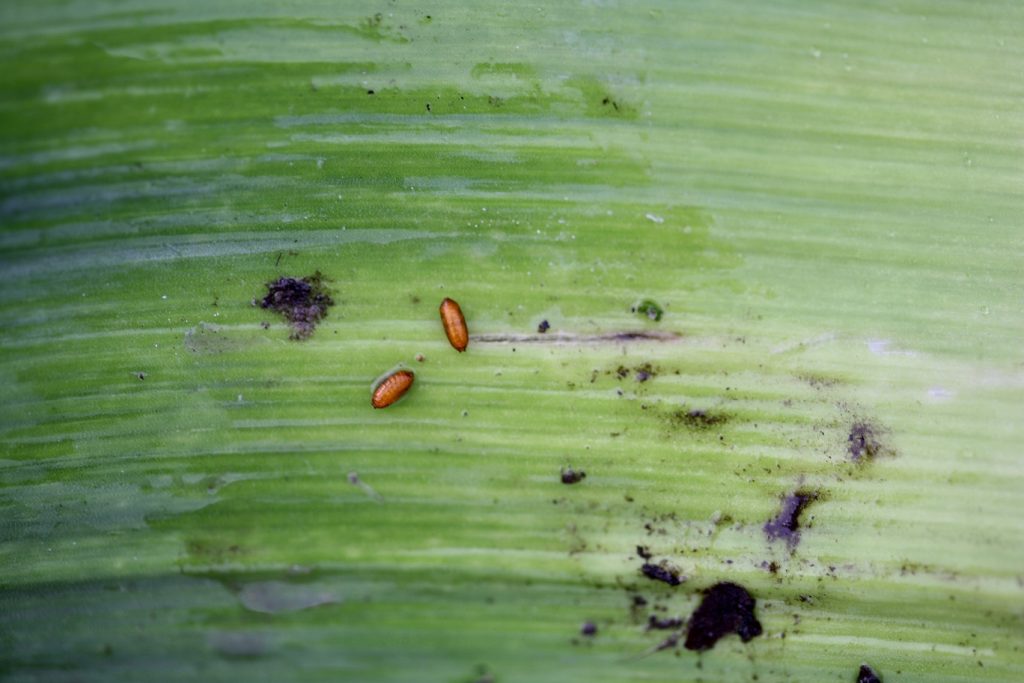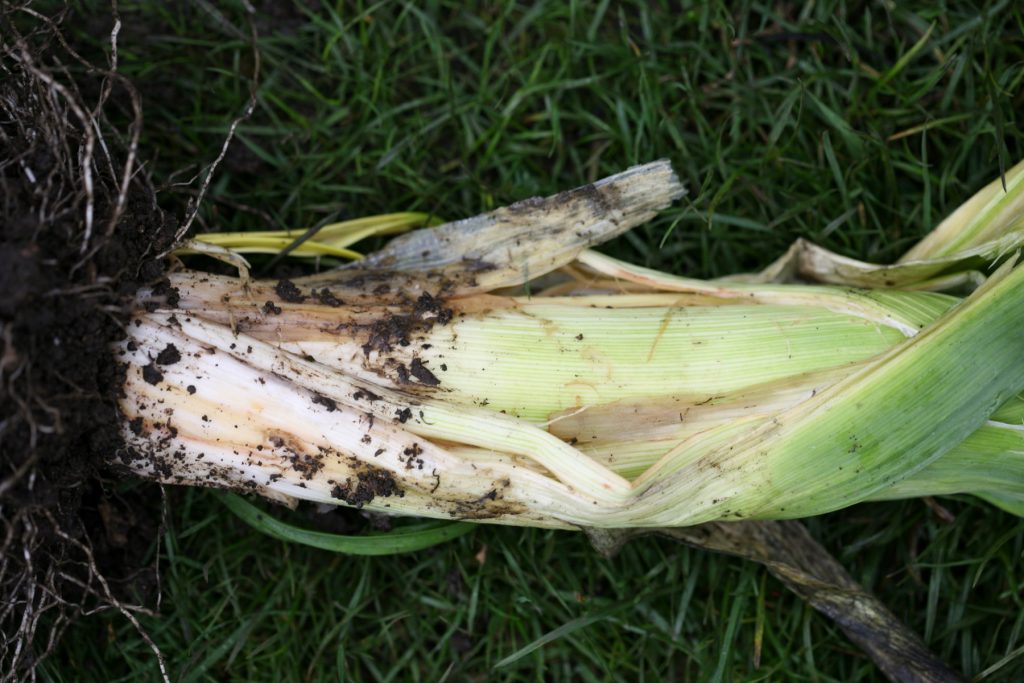
It’s the most exciting time of all in the garden, because everything’s responding to longer days and warmer temperatures. My Hartley greenhouse is a hive of activity because it’s full of seeds about to spring into life. It may be unheated, but it warms up brilliantly well on spring-like days and that encourages earlier germination. The moment when seedlings pop their heads up and begin their journey has never lost its thrill for me. And that’s the beauty of owning a greenhouse. You can kick-start the year and that’s important in the gloriously well-named, chilly village of Cold Aston, because we have a shorter growing season than most.
The key thing in a greenhouse is encouraging ambient temperatures, because young seedlings and plants hate extremes. They need to experience warm nights as well as warm days and, ideally, the temperature should only differ by about 10C. The trouble is, every year is different now. In 2019, for instance, we had over two weeks of ultra-warm, sunny days where temperatures rose above 20C outside, so it was much hotter under glass. Unfortunately, those precociously warm days were followed by night time temperatures that fell towards freezing and the plants in the greenhouse hated it. Everything had to be buried under a fleecy layer at night, to keep them warm, but even then growth stalled. The cold nights sent their own message. Hang Fire! Summer’s still a long way off.
In contrast, the lock down spring of 2020 was a cracker because we got warm nights as well as warm days, so growing seeds was a doddle, partly because spring didn’t arrive until the last third of March when there was plenty of daylight. The previous few months had brought almost continuously wet weather, but once the ground had drained outside everything rushed into growth. Looking back, it seems churlish to complain about those cloudless April and May skies, but it wasn’t ideal for growing under glass. I had to put a white wash on my greenhouse windows, to reduce the power and strength of the sun, something I haven’t done for years. Not pretty, but necessary.
Spring 2021 is still unravelling as I write, but the mini beast from the east in early February desiccated a lot of plants very badly. The ground froze here, to a depth of four inches, and my hybrid hellebores flopped so badly I considered cutting the flowering stems off. Three days later, you would never have known they’d suffered because they’ve re-hydrated themselves. There’s some damage, but they’re tolerable. Plants are remarkable things.
All in all, we’ve had three very different springs in the last three years and that’s almost certainly due to climate change. If you’re a gardener, the effects of are all around. English winters are not nearly as cold as they were, but they are far wetter. This means that perennial weeds continue to grow and weed seeds are able to germinate in winter. Our ancient stone walls have some horrible monsters lurking in the depths. Ground elder and bindweed continue to grow and spread underground now that winters are milder. My policy of not manicuring the whole garden, by leaving wilder edges to help wildlife, isn’t helping our weed control.
Autumns are also far warmer and this has advantages of sorts. Dahlias will often flower until the first week of November and that was unheard of. They used to be clobbered, along with your runner beans, by mid-September and no one left their dahlia tubers in the ground because you lost them. I still take mine up every year and they’re stored in my second greenhouse, the one with the frost-breaking heater. They’re resurrected in the second half of March and potted on.
Everything, or almost everything, is flowering earlier than it did. Take buddleias: they used to be at their best in August and their honey-scented flowers coincided with the arrival of lots of larger migrant butterflies, particularly peacocks, red admirals and small tortoiseshells. My buddleias flower in July these days, when there are not many larger butterflies to feast on them.
Just recently I read an old article on pruning shrubs first published in 1957, in a weekly gardening magazine. It recommended cutting back buddleias, forms of B. davidii, to a series of stumps every year to encourage growth from the base. I know that this no longer works now because they spurt into growth earlier than they did due to warmer wetter conditions. Then they produce weaker, whippier shoots if they’re cut back hard and these can snap off in summer gales, another feature of climate change. I take them back by a third to a half every year, having learnt the hard way. Pruning them hard, in an attempt to get them to flower in August rather than July, proved a disaster here.
Our warming climate is definitely producing more extreme weather events, whether it’s stronger winds, heavy rainfall or hotter, drier summers. Owning a greenhouse is more important than ever, because it allows you more control over the climate. Young plants are protected from extreme winds and heavy bursts of rain, so raising broad bean plants and leeks from early March sowing produces good plants for April planting.

My leeks succumbed to a new pest last year, the allium leaf miner or Phytomyza gymnostoma. It’s moving northwards, helped by climate change. In December 2019, we noticed that our leek foliage was yellowing badly and the white, blanched stems were streaked in pink. At first, we thought the leeks had been hit by a fungal rot, following an over-warm spring, a cool damp summer and a mild autumn. However, it soon became apparent that our leeks had some little additions, small brown pupae lodged in the stems. About a third of them were affected.
This fairly recent pest and was first spotted on an allotment in Wolverhampton in 2002. By 2005 it was common all over the West Midlands and now it’s widespread across Southern and Central England. The fly lays eggs and they hatch and the legless, toothless larvae mine down through the leaves and find a nice niche to pupate in at the bottom of their own personal mineshaft.
One leek can contain a fair few, rendering them inedible. Up to a hundred were once found in a single leek plant growing in Germany, for the problem is rife on the Continent. By 2007 it was listed in Croatia, Czech Republic, Denmark, France, Germany, Hungary, Italy, Poland, Serbia, Slovakia, Slovenia, Spain, Sweden, Switzerland, and Ukraine.
This suggests that this pest is hardy and will probably produces two generations per year here. The adults emerge in spring, from overwintered pupae, and the females lay eggs on the host plants. There seems to be some doubt about where the eggs are laid. Some say at the plant bases and some say the flies drop the eggs down. However the Best Beloved believes they are burrowing upwards, not downwards, which suggests that eggs are laid at the base of the plant. The first batch of eggs hatches into flies in summer and then the whole cycle is repeated, to a lesser degree, in the autumn.
One cycle of egg to adult takes 73 days when temperatures reach a constant 20C or 70F, according to DEFRA. There’s no doubt last year’s warm lockdown spring was perfect for this fly. We’ve decided to sow our leeks later this year and put our greenhouse-raised plants out in May, hopefully after the first wave of leaf miner activity has come and gone. We may have to fleece them to keep the second generation off.
It’s worth the effort, for growing your own flowers and vegetables is the greenest way to live, but it’s getting more challenging.



